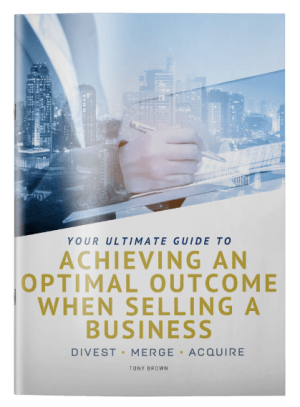Are you or your clients looking to sell a business? You may be interested to know that it’s possible to sell your business at a price equivalent to a 100% sale, but still retain a minority ongoing interest – at no cost!
To see how this works, business owners intending to sell should put themselves in the shoes of the buyers.
As with all investments, business value is a factor of risk and return. Imagine you are buying a business and the owner wants to sell and depart quickly. The risk to you as the incoming owner is higher than if the current owner is keen to stay involved in the business after the transaction for a number of reasons, not the least of which include:
- Buyers will generally have only a short transitionary period from which to draw on seller’s expertise, learning the ropes on day-to-day operations, understand their perspective on future growth strategies and integrate themselves completely into the seller’s role and company;
- Buyers risk losing key relationships with suppliers and clients which the outgoing owners had developed over years of experience;
- Sellers generally speak about the huge opportunities a business has for future growth. This prompts buyers to ask the question: why then are they so keen for a quick exit?
Now imagine the owner is not only happy to stay around for an extended period, but is also prepared to retain equity in the business, however small. Miraculously, most of the above risks reduce considerably or disappear altogether, and acquiring the business presents a significantly safer proposition.
As with any investment, reduced risk should make the business more valuable to the buyer. Not only could this make the difference between the sale proceeding or not, but most buyers are prepared to pay more to significantly de-risk their investment.
How does this work in practice?
As an example: You are the buyer. The outgoing owner is prepared to retain a 10-20% interest.
If the former owner’s ongoing involvement is deemed to considerably reduce your risk as a buyer, it adds perceived value to your investment and the business is generally valued more highly as a result. As you are getting more value, you are likely to be prepared to pay on a higher multiple.
Depending on the extent of the increase in value, this higher multiple may translate to the purchase price of an 80-90% share being equal to or higher than the amount you would otherwise have paid for the full (but riskier) 100% if the owner was making a complete withdrawal of both labour and capital.
Conversely, the outgoing owner effectively retains (or buys) a share of their own business for free!

